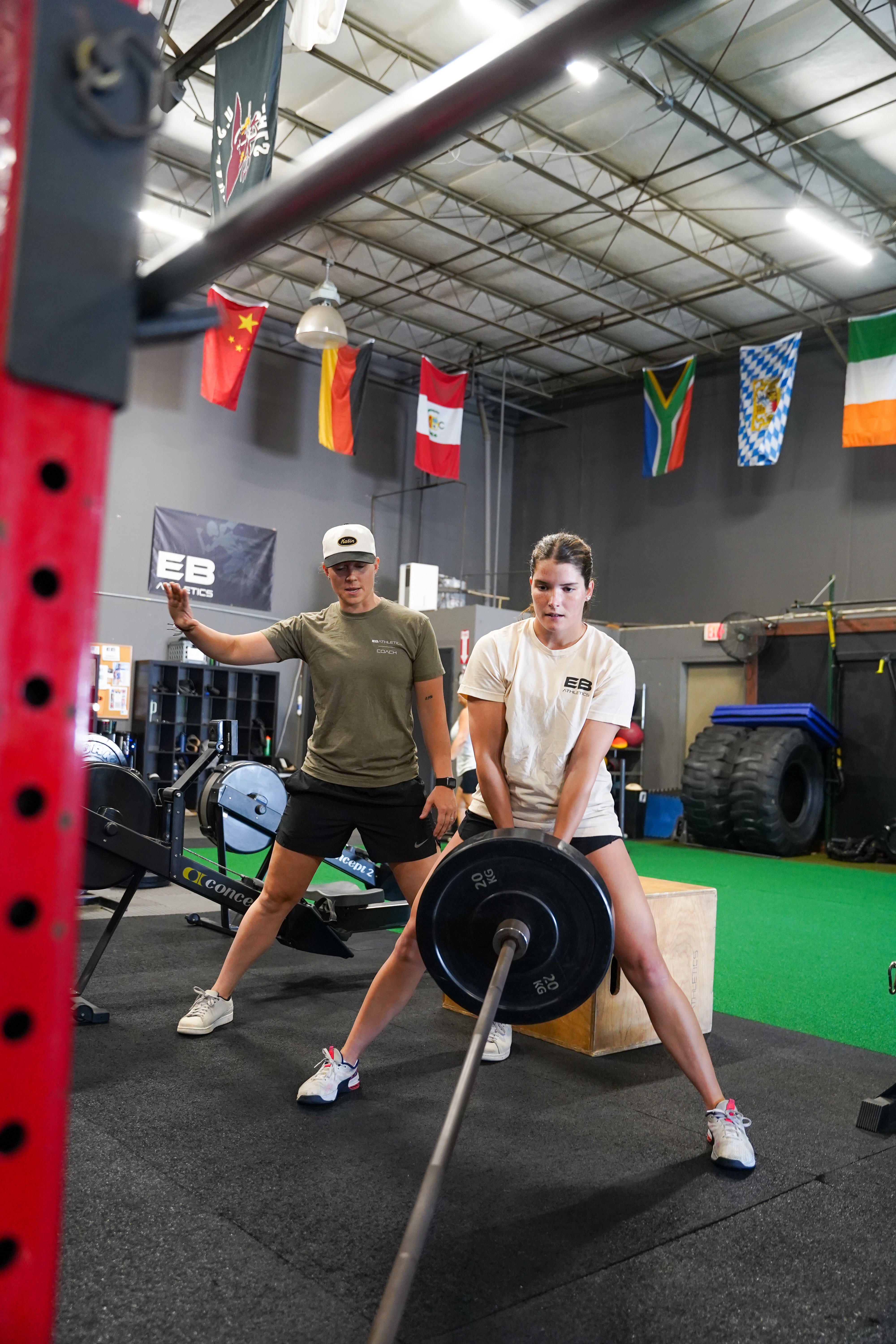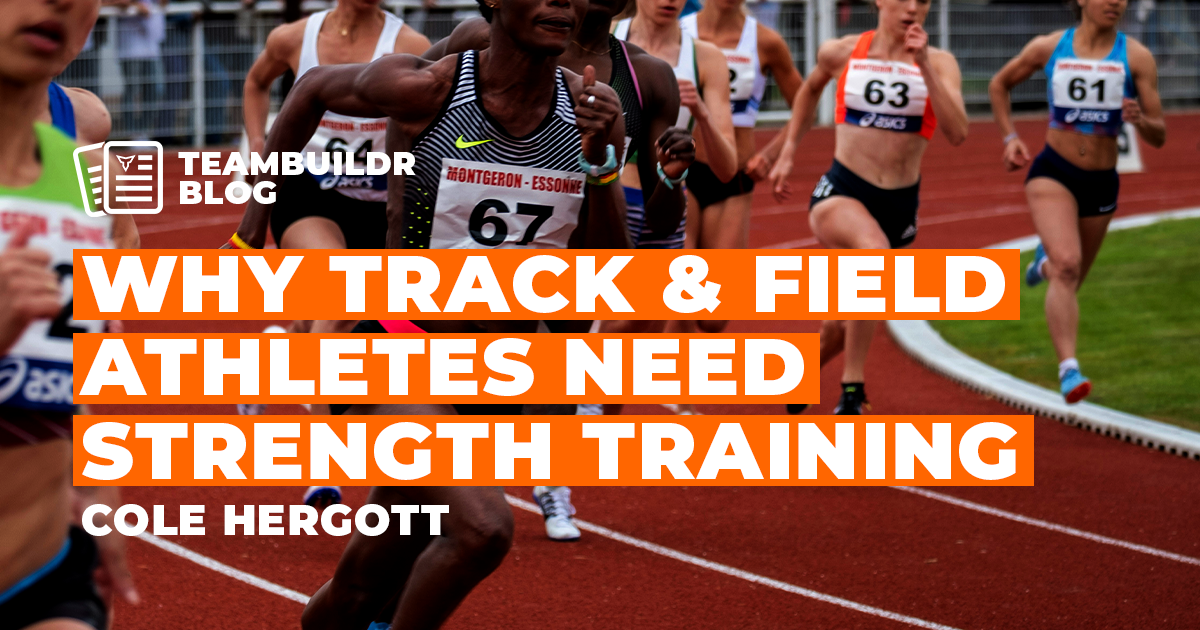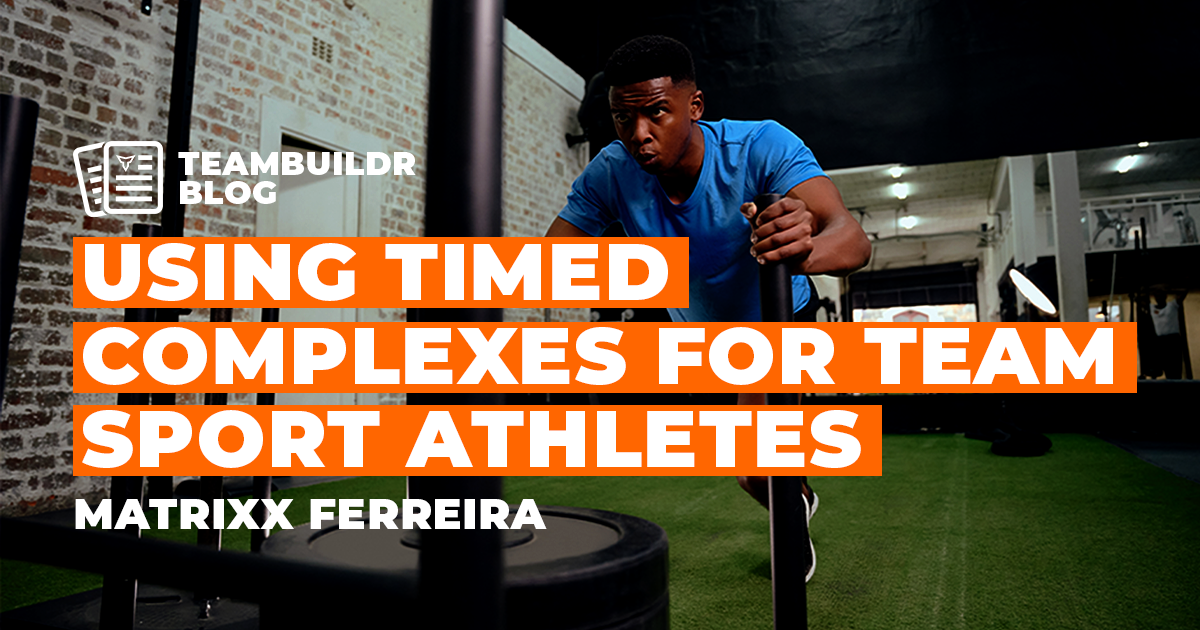Why Neck Training Belongs in Every Athlete’s Strength and Conditioning Program
When we think about strength training, the neck is often an afterthought—until it’s too late. A strong neck isn't just for football players, wrestlers, tactical operators, or combat athletes; it’s essential for injury prevention, posture, and overall performance. The neck is involved in almost every movement we make, supporting the head and stabilizing the spine. Thus, we need to train it like any other group of muscles.
The primary muscles responsible for neck movement include the sternocleidomastoid (SCM) and scalene muscles (for flexion, lateral flexion, and rotation), the trapezius and splenius muscles (for extension and support), and the levator scapulae (which assists in both movement and stability). Strengthening these muscles can improve performance, reduce injury risk, and even help with concussion prevention.

Image Courtesy of Stathakios J, Carron MA. Anatomy, Head and Neck, Posterior Cervical Region. [Updated 2023 Jul 24]. In: StatPearls [Internet]. Treasure Island (FL): StatPearls Publishing; 2025 Jan-. [Figure, Posterior neck muscles Image courtesy S Bhimji MD] Available from: https://www.ncbi.nlm.nih.gov/books/NBK551521/figure/article-34020.image.f4/
So, how do we train the neck? Well, I am glad you asked! See below for detailed examples on how to do such:
Here’s a breakdown of exercises for flexion, extension, lateral flexion, and stabilization, ensuring well-rounded development.
Neck Flexion (Chin to Chest)
Neck flexion strengthens the front of the neck, particularly the SCM and deep neck flexors.
- Manual Resistance Flexion: Lie on your back and gently press your chin to your chest against your hand/partner’s hand resistance.
- Weighted Neck Harness: Secure a harness with weight attached and slowly nod forward while seated or standing.
- Neck Crunches: Lie on a bench with your head off the edge and perform controlled chin-to-chest movements.
Parameters for volume: 1-3 sets x 10-20 reps or 20-40 seconds
Neck Extension (Looking Up)
Neck extension primarily targets the trapezius, splenius capitis, and suboccipital muscles.
- Manual Resistance Extension: Sit upright and apply slight pressure to the back of your head while pushing against it.
- Weighted Neck Harness Extension: Similar to flexion, but with the movement in the opposite direction.
- Prone Neck Raises: Lie face-down on a bench with your head off the edge, lifting your head up against gravity.
Parameters for volume: 1-3 sets x 10-20 reps or 20-40 seconds
Lateral Flexion (Ear to Shoulder)
Lateral flexion strengthens the SCM, scalenes, and levator scapulae, promoting better neck stability.
- Manual Resistance Lateral Flexion: Use one hand to apply light resistance to the side of your head as you try to bring your ear toward your shoulder.
- Side-Lying Neck Raises: Lie on your side and lift your head toward your shoulder, holding for a second before lowering.
- Band-Resisted Lateral Flexion: Secure a resistance band at head height and move your head side to side against tension.
Parameters for volume: 1-3 sets x 10-20 reps each side or 15-30 seconds each side
Neck Stabilization (Maintaining a Neutral Position Under Load)
Neck stabilization is key for injury prevention and maintaining good posture under dynamic conditions. Strengthening the stabilizers helps athletes absorb impact and maintain control in unpredictable situations.
- Isometric Holds: Press against a resistance (hand, band, or partner) in all four directions (front, back, and both sides) & perform an isometric hold
- Plank with Neck Neutral Hold: Hold a standard plank while focusing on keeping the neck in a neutral position without sagging or overextending.
Parameters for volume: 1-3 sets x 20-30 seconds (each)
Final Thoughts & Conclusion:
Some coaches might use the excuse that they do not have time for neck training. However, I highly disagree. Typically, I find time at the end of my warm-up or at the end of my training session. With that being said, you can set timers, use combo movements in the warm-up to reduce time, & even add neck work with core stability movements as well.
Neglecting neck training is a mistake, especially for athletes and individuals focused on overall strength and injury prevention. A well-trained neck can improve performance, reduce whiplash risk, and even help prevent concussions. Just like any other muscle group, train the neck with proper form, progressive overload, and a balanced approach. Give your neck the same attention you give your arms and legs—it’s just as important!
Subscribe to our blog
Subscribe to receive the latest blog posts to your inbox every week.
Related posts

Compound Training for the Off Season Athlete

Why Track and Field Athletes Need Strength Training

